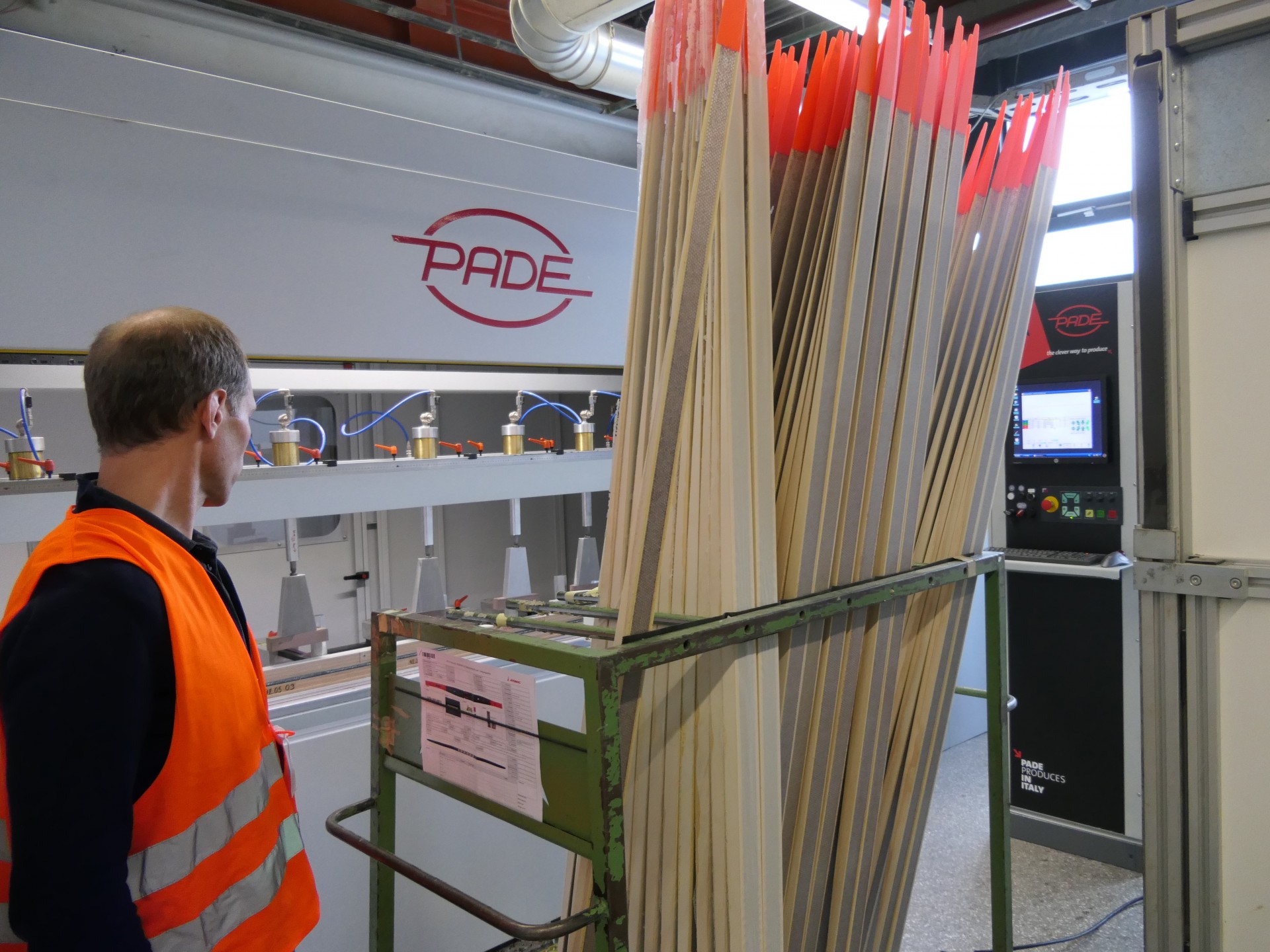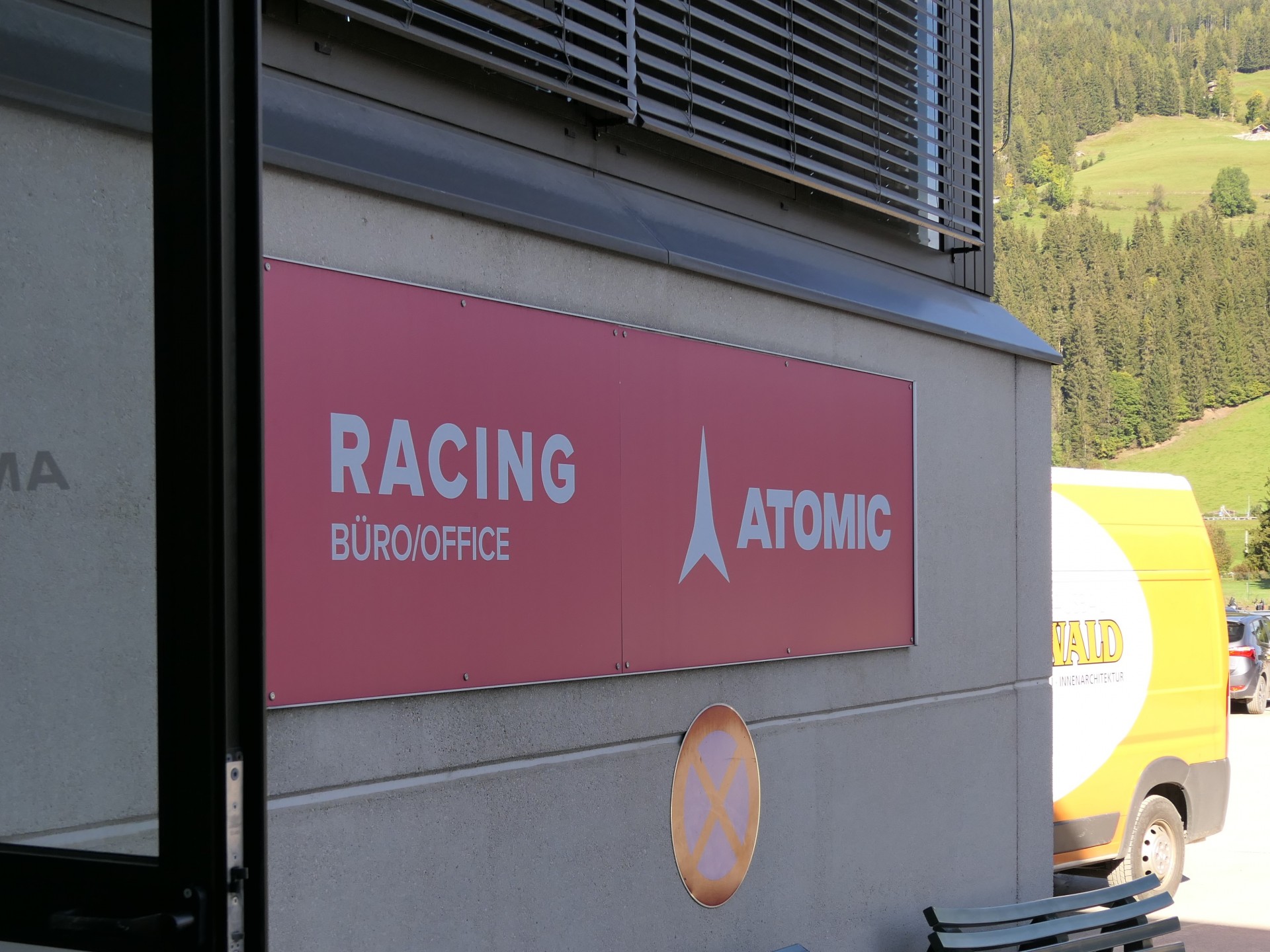
…Mere five years ago it felt like Atomic is phasing out its involvement in Nordic ski racing. With only one medal in cross skiing competitions in Sochi 2014 ( Claudia Nystad’s bronze in 4 X 5k relay) it certainly felt like hey-days of the 1980- early 90s when Atomic was among the leaders on the international circuit are over.
Not that anybody would be shocked.
Since 1994 Atomic GmbH is fully owned by Amer Sports Group that already has one strong ski-related brand in its portfolio – the Annecy-based Salomon.
Atomic was doing ( still does) fantastic podium-wise in crucial Alpine ski segment while Salomon steadily expanded from being leading ski boots producer to becoming top-flight xcski and apparel maker.
In situation like that any business consultant would recommend folding company’s presence in waning market niche….
Yet somewhere up the corporate chain a decision to keep Atomic as separate, distinct brand of narrow skis was taken – and the man to lead a new push for the podiums was found.
Meet Yann Vallet, an elite French cross country skier in his youth, then a long-term manager for Rossignol and OneWay. And now the guy who takes credit (at least, a big part of it) for a resurgence of Atomic on international ski skiing stage.
https://www.instagram.com/p/B3rJRQboZVB/
Nominally Yann heads only a team of 6 R&D people with production and marketing being handled at the corporate level. But there’s a little doubt that the direction Atomic Nordic is taking is being shaped by Yann’s vision – and that is as simple as difficult to achieve: victories in business through victories on ski tracks.
Still, the achievements since Mr. Vallet took helm back in 2015 are definitely there, on display, both on the podiums…
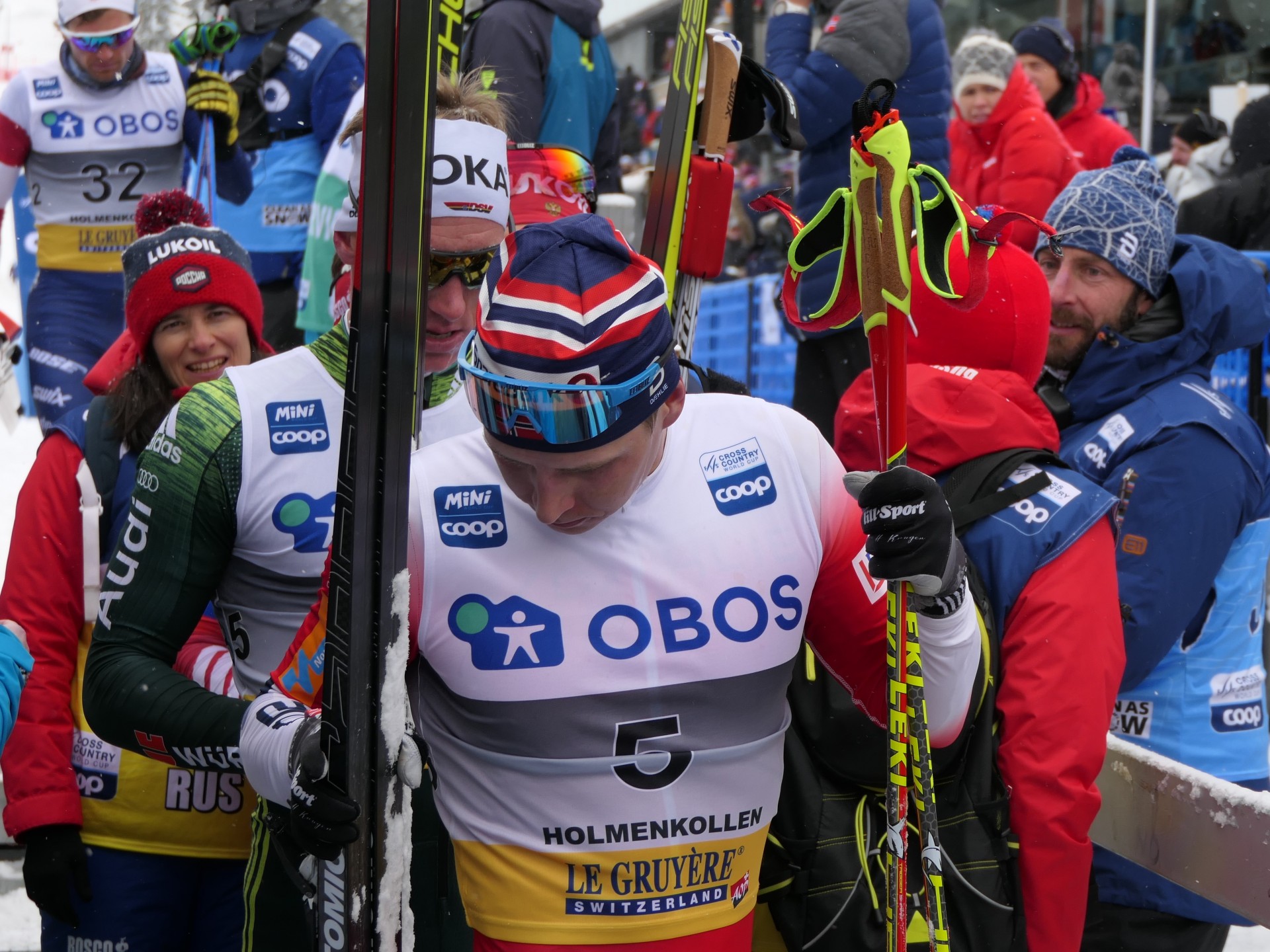
…and in sales figures.
Now we give the stage to Yann to explain his vision – and achievements so far
– In Altenmarkt Atomic and Salomon share production line, workers, machinery, suppliers but
R&D is completely different and so are the skiing philosophies. “It could be compared to Volkswagen Group in auto industry”
– Atomic has two factories: Altenmarkt in Pongau, Austria and Chepelare, Bulgaria. Some 100.000 to 150.000 cross country skis are produced in Austria, about the same amount in Bulgaria. In total, depending on year, 200 to 350k skis are made yearly.
– 65% of all skis are are now skin skis – the demand keeps on growing.
https://www.instagram.com/p/B3rQyPRIKrI/
– Atomic Nordic division is profitable for the last 3 years.
– Not releasing specific figures, but sales increased roughly 20% in each of those years. “We are probably taking customers from other producers rather than bringing new ones from outside, those who never skied before”
– There is no change with a new ownership of Amer Sports Group ( became a part of ANTA last year) . “If the unit performs no need to touch anything”
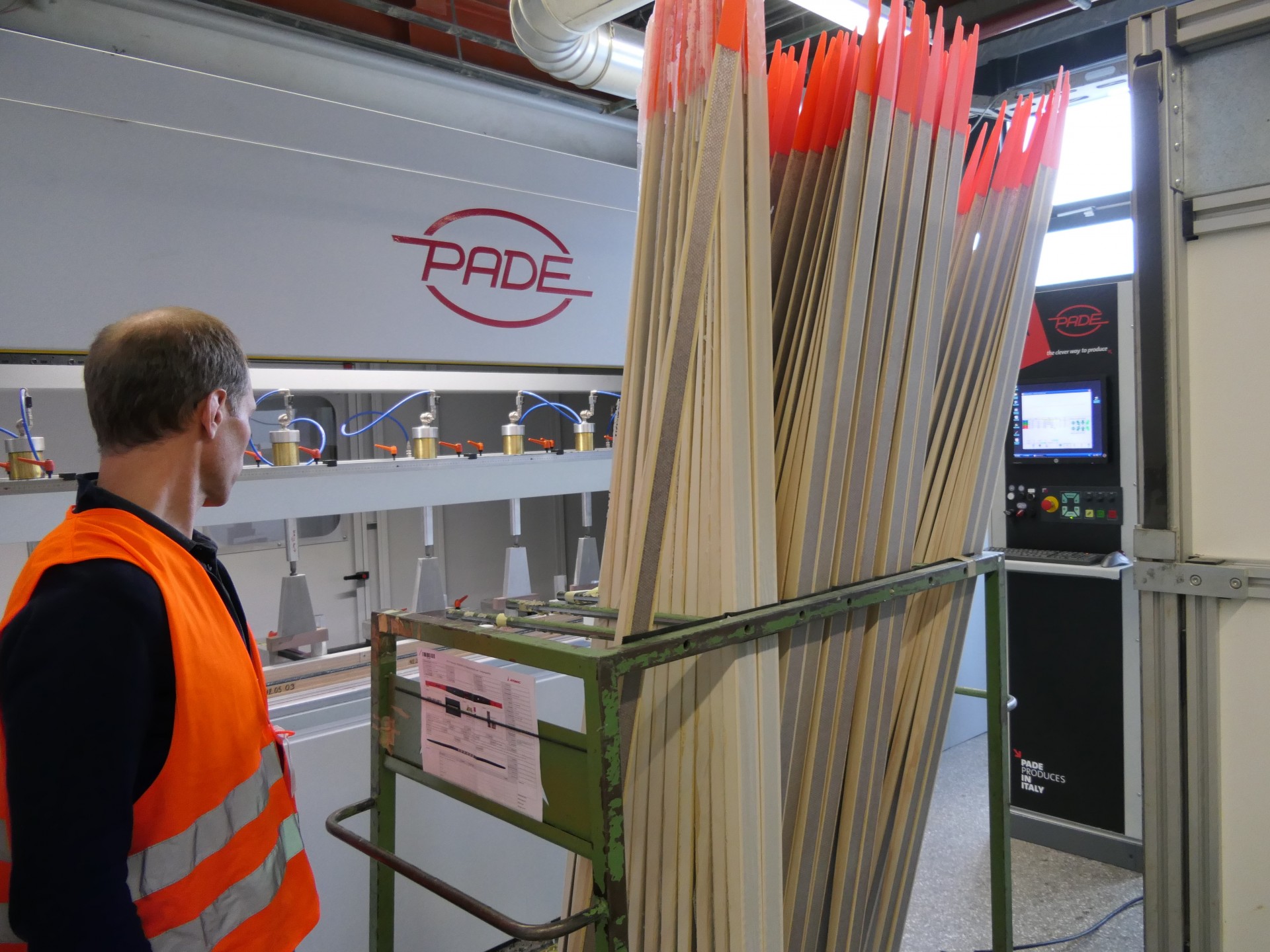

– Podiums are essential element of marketing strategy. “If you don’t have WC performance there are no sales”
– There are about 55 athletes on various tiers of engagement i.e. junior athletes only get a few pairs of skis while top international racers such as Krueger and Evgeny Belov get performance bonuses.
– Athlete remuneration is linked to performance. ” We are paying them to win, not so much to promote ( e.g. on social media)”
– Atomic Nordic good financial performance of last year allows to invest in sponsorship of more and more junior talents – especially in key markets such as Norway and Russia.
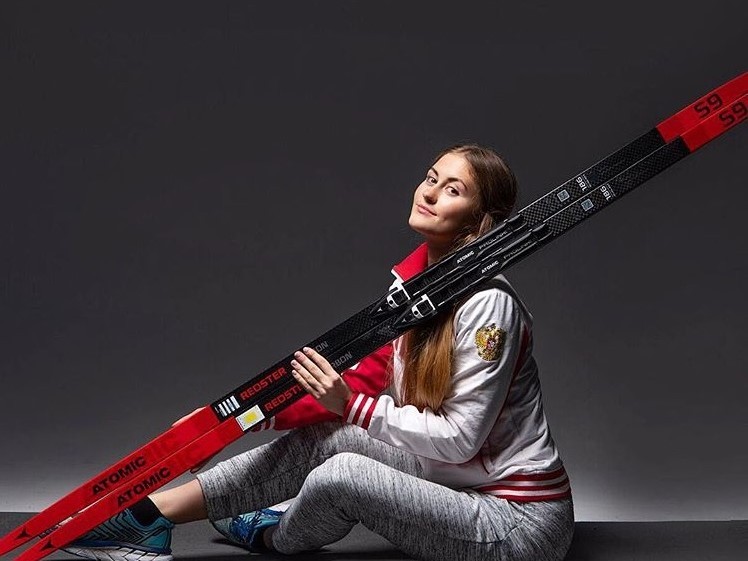
– To be able to sponsor a national team athlete, the company needs to become a member of sponsorship pool of his/her particular federation. It costs money but the system still has its place, it’s worth it.
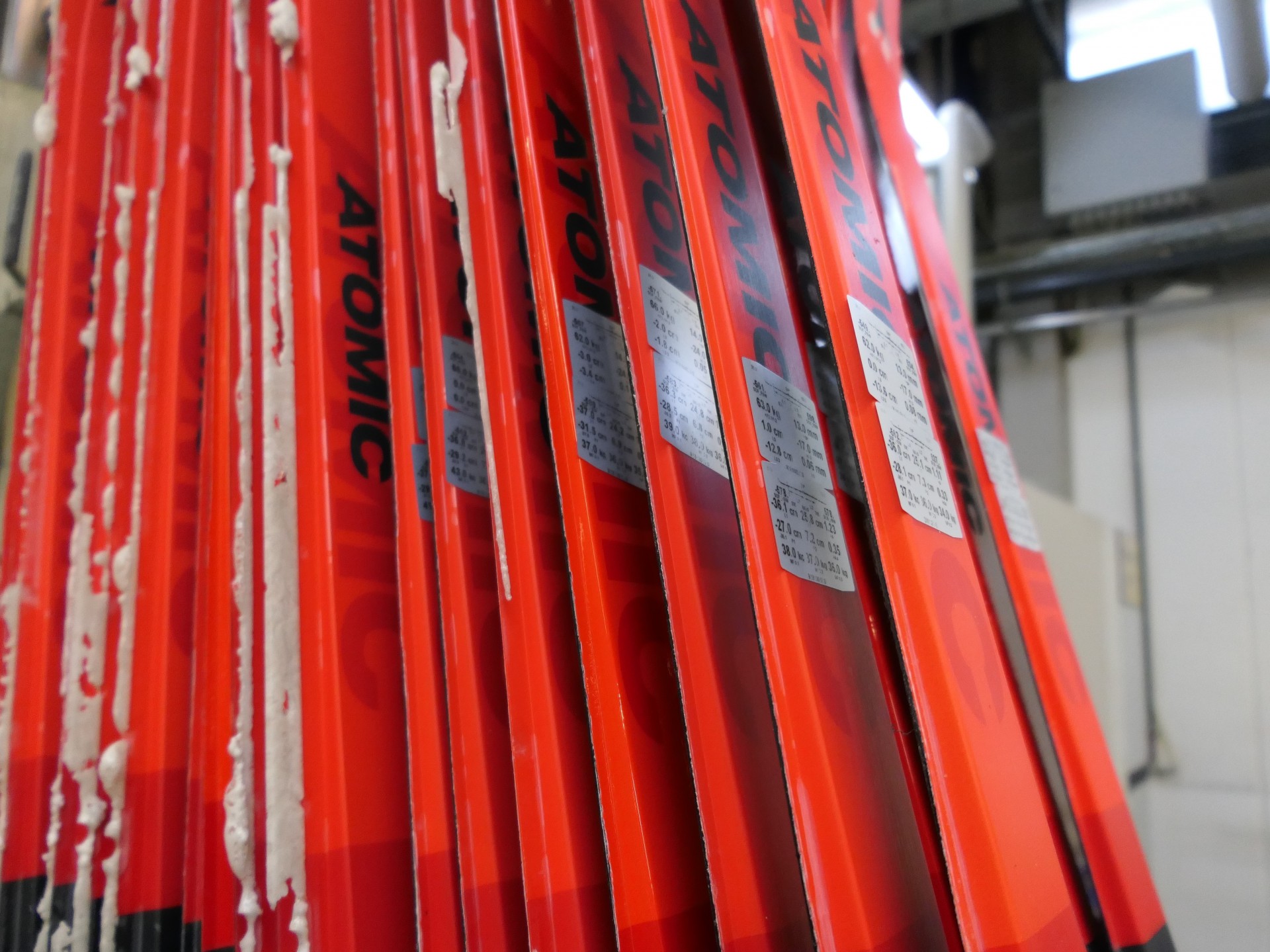
This is the end of Part 1. In part 2 Yann Vallet will explain how his skis are different from competition, how many pairs he recommends for ambitious amateur to have – and how many Simen Kreuger has in his quiver. And, of course, we talk about new products Atomic is expected to put on the market soon enough.
